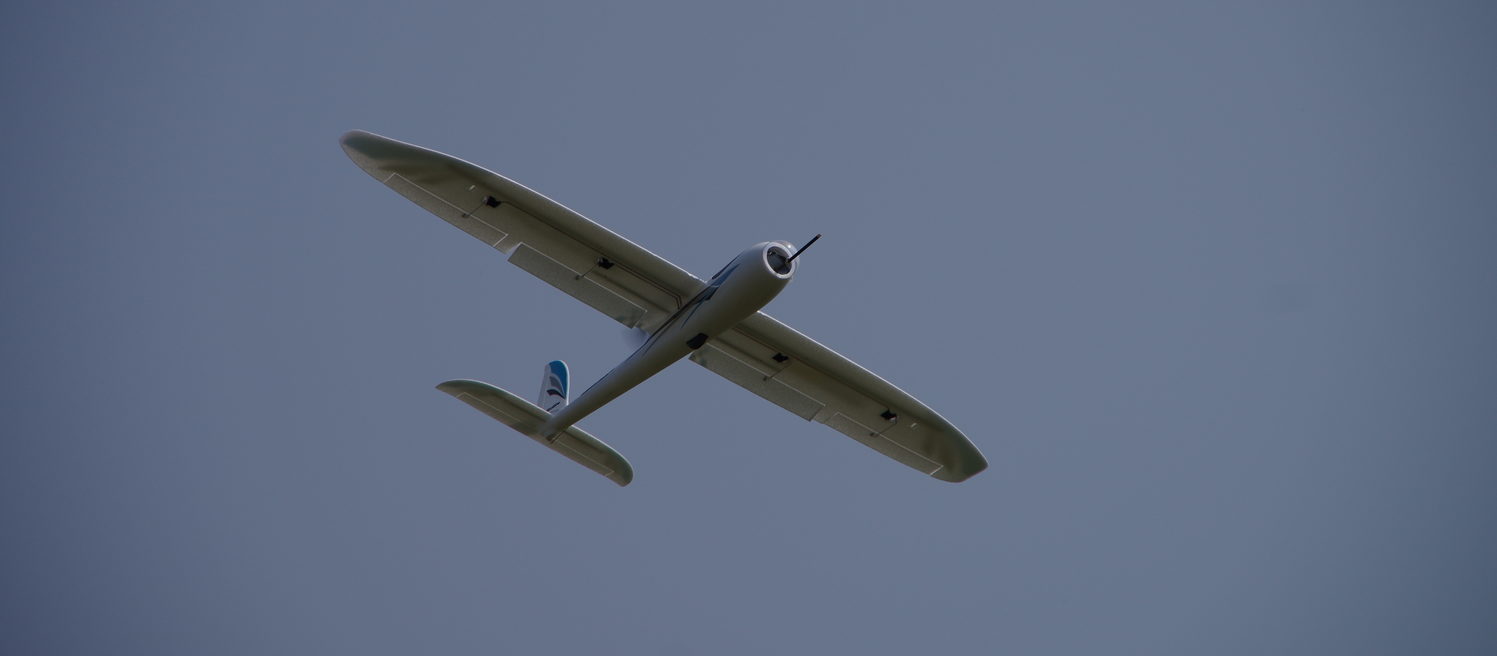Hello everybody,
I'm in need to connect a sensor board with an SPI interface to a Teensy microcontroller. Unfortunately, the microcontroller is 3 meters away from the sensor board. SPI link seems not appropriate to handle such a distance.
What can I possibly use? New hardware?
Thanks in advance
I'm in need to connect a sensor board with an SPI interface to a Teensy microcontroller. Unfortunately, the microcontroller is 3 meters away from the sensor board. SPI link seems not appropriate to handle such a distance.
What can I possibly use? New hardware?
Thanks in advance


